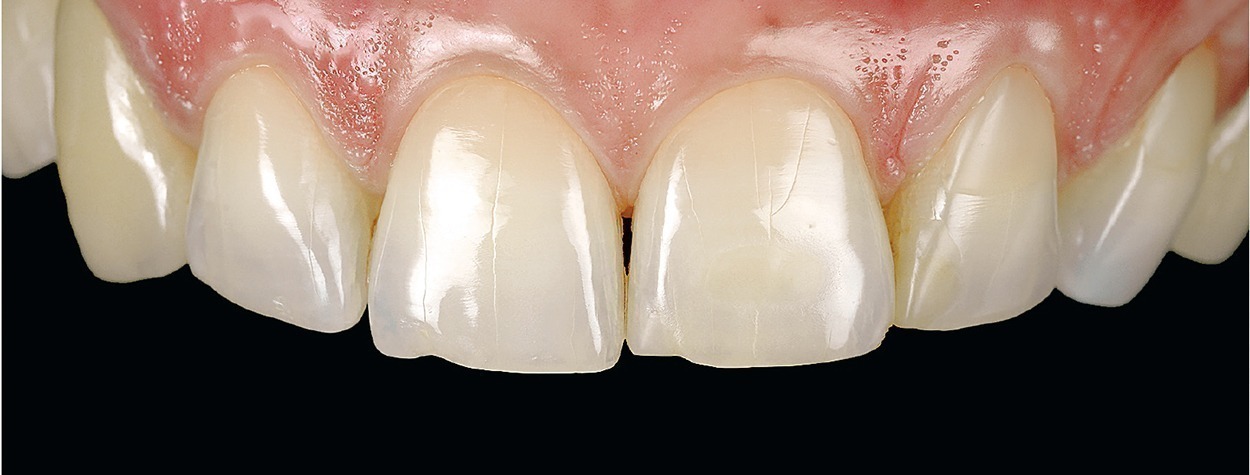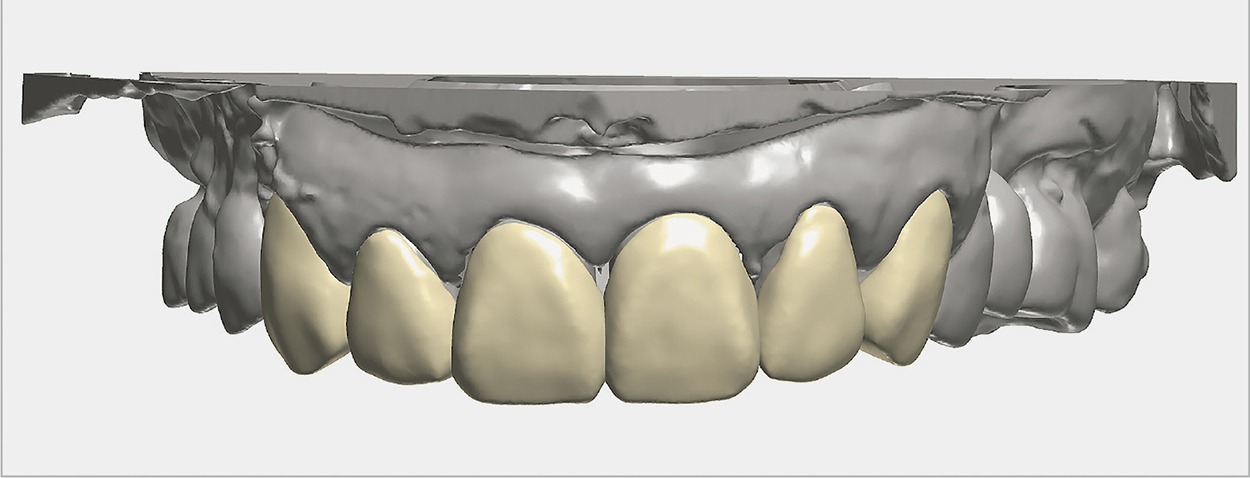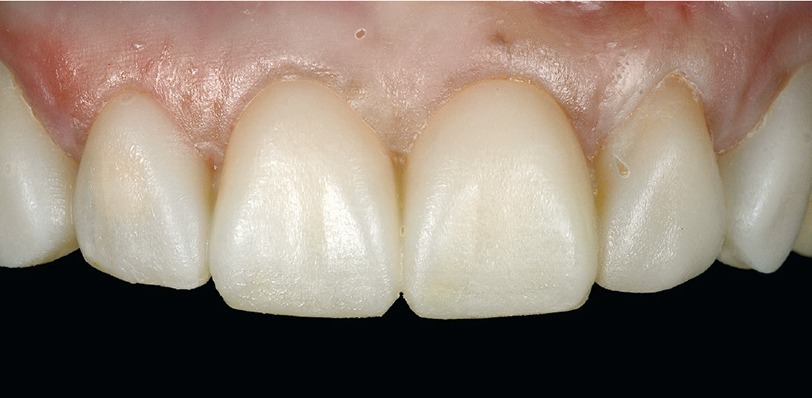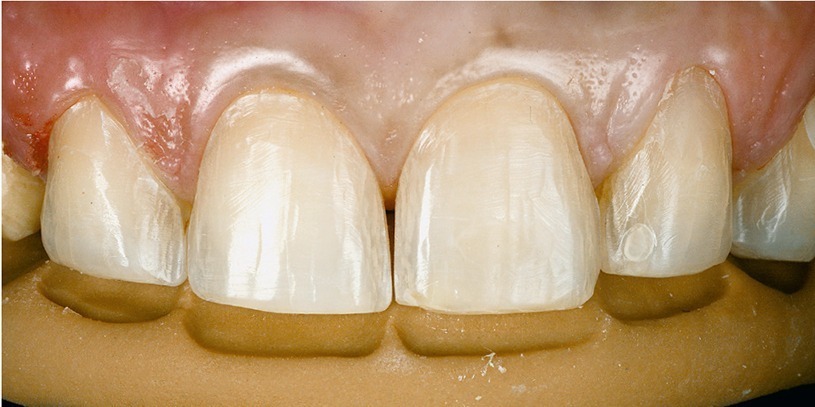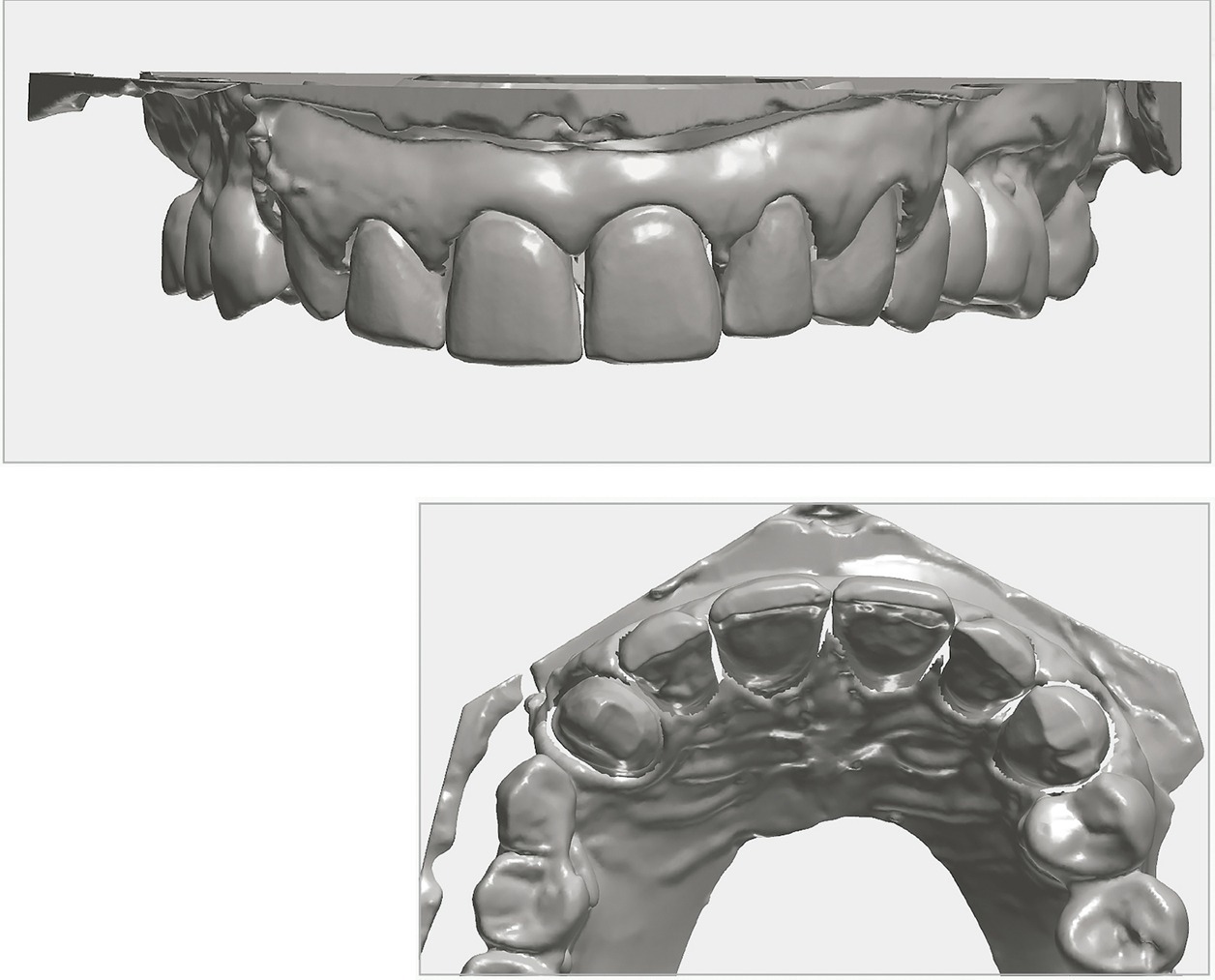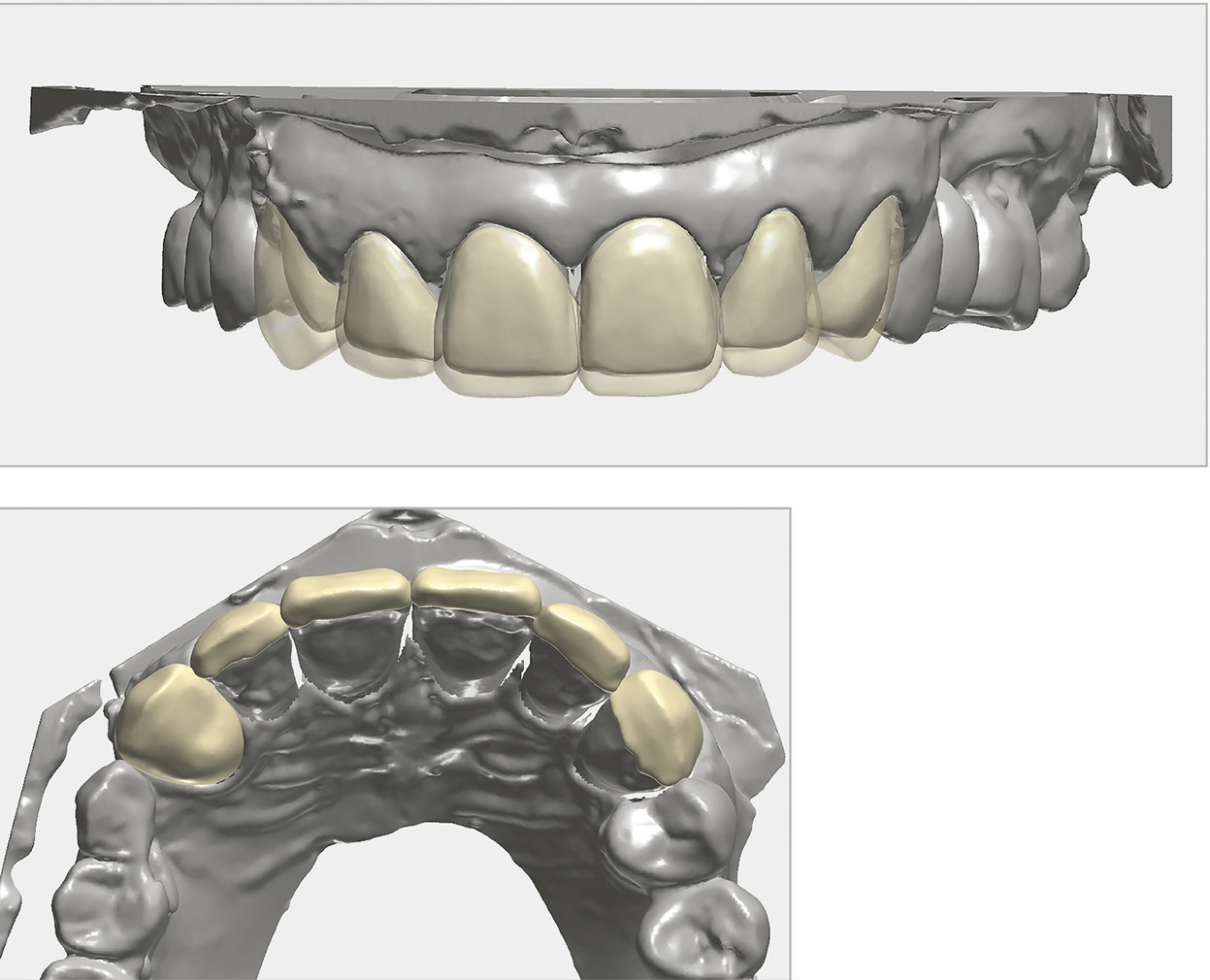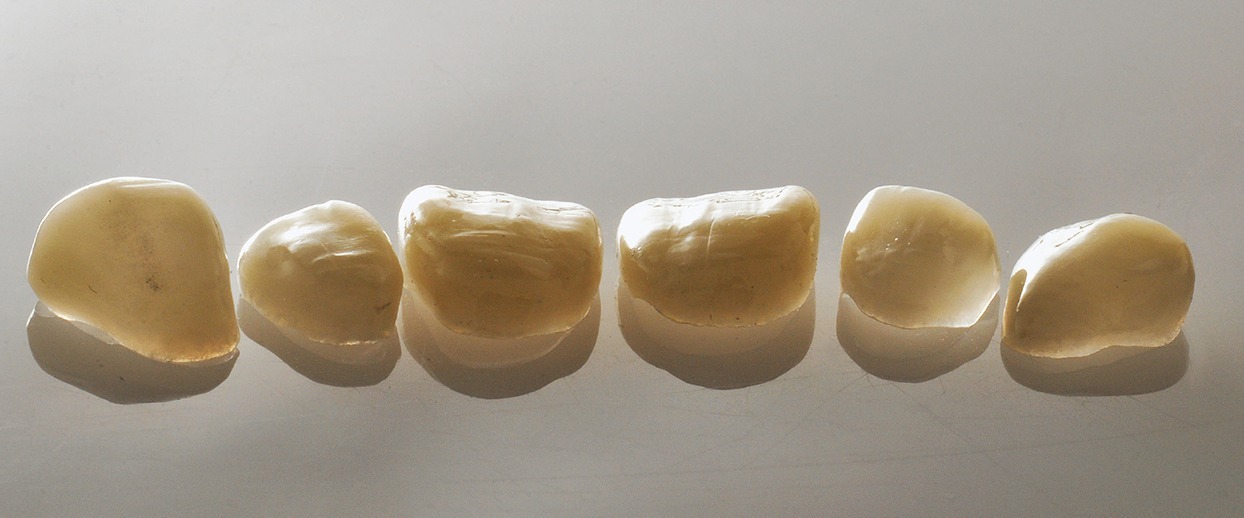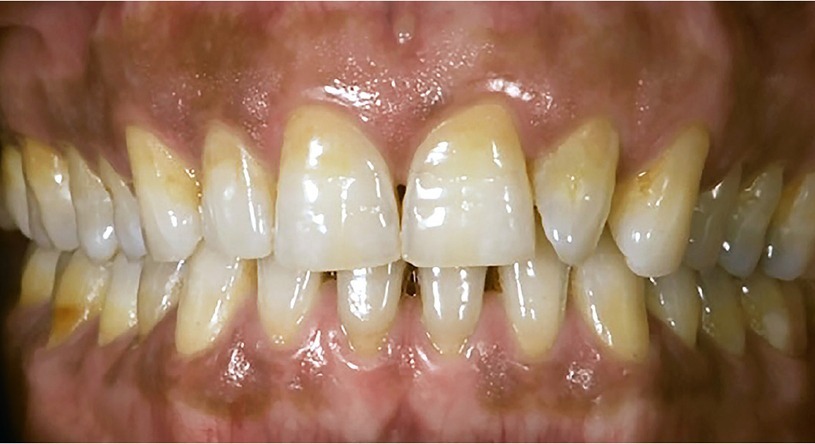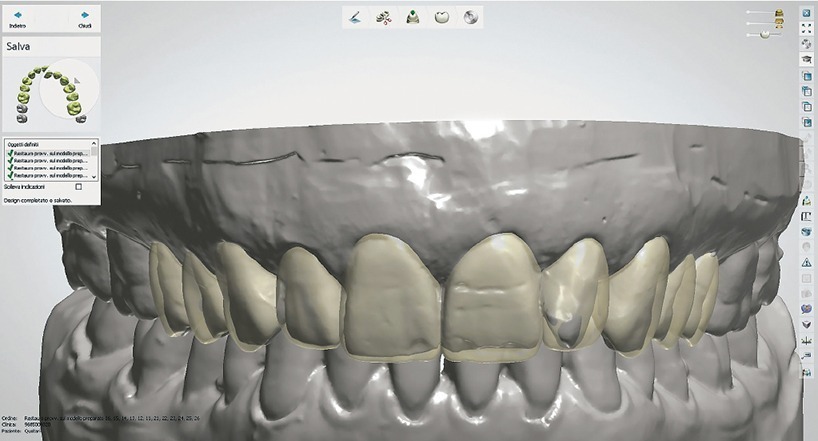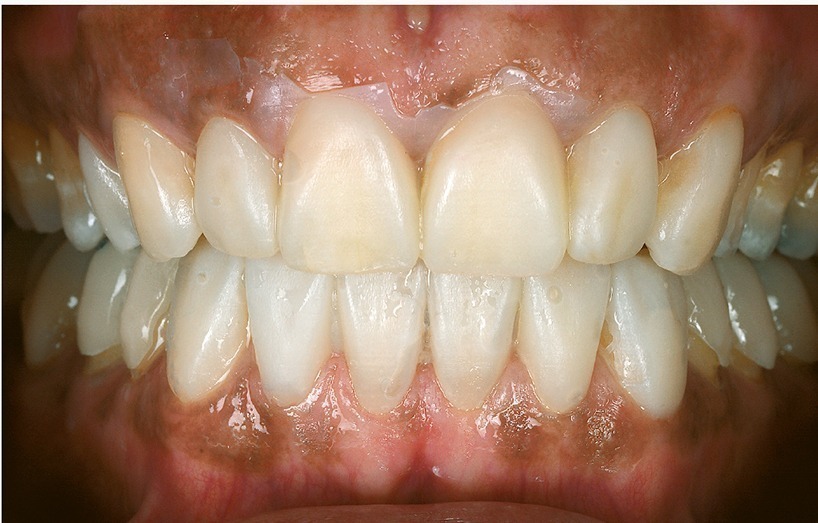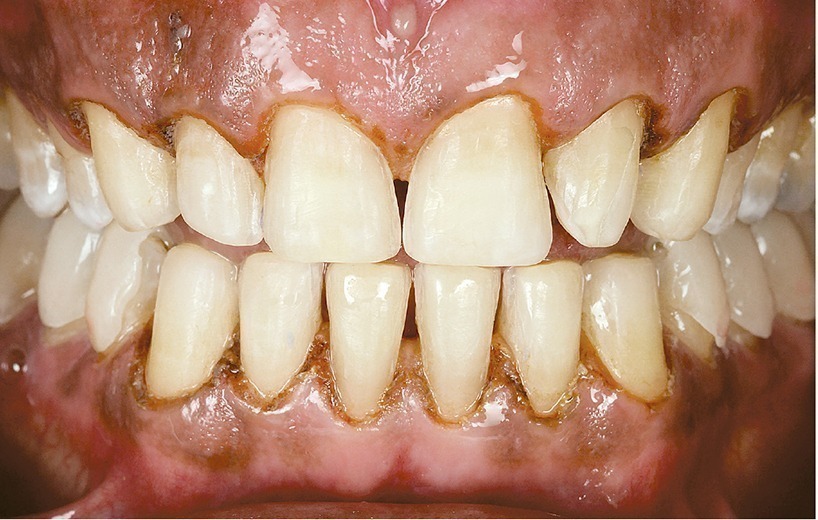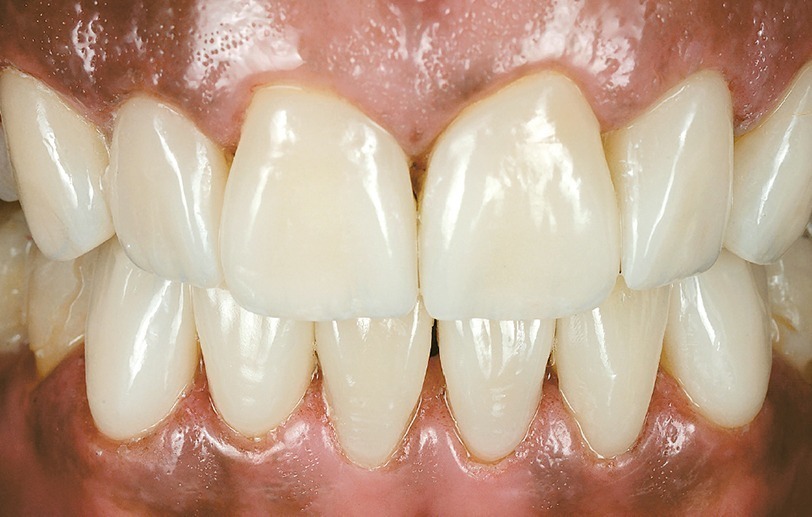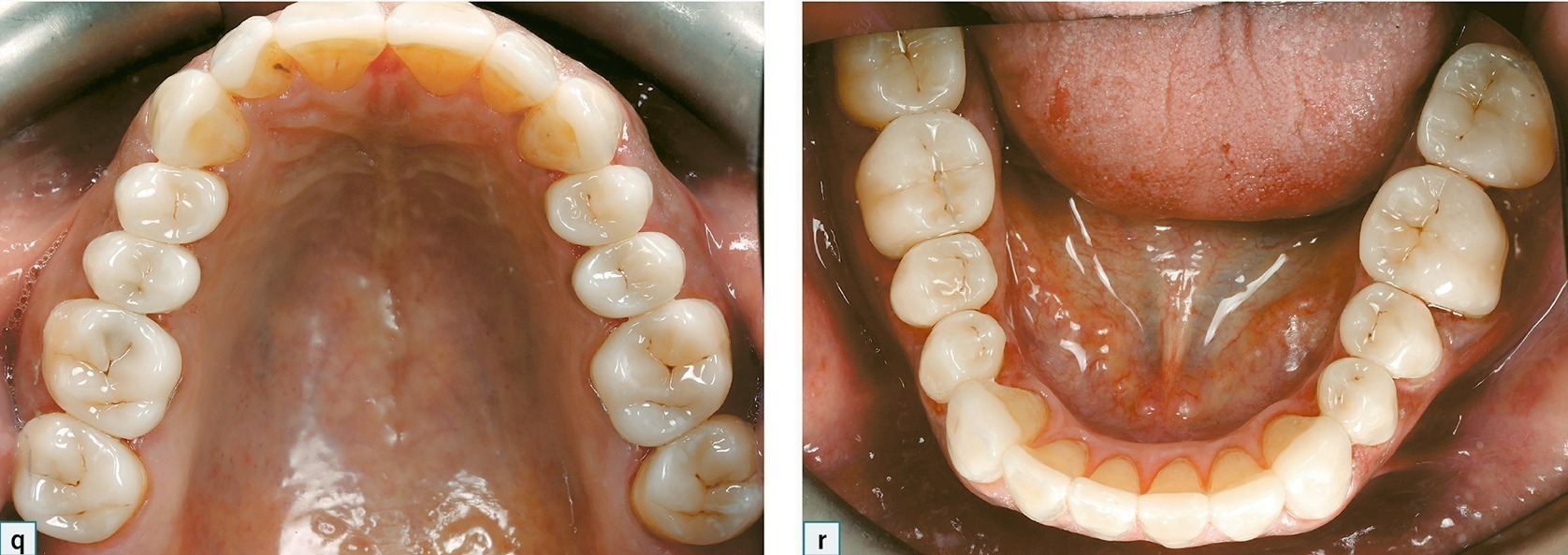CHAPTER 10+

DIGITAL VENEERS
DANIELE RONDONI
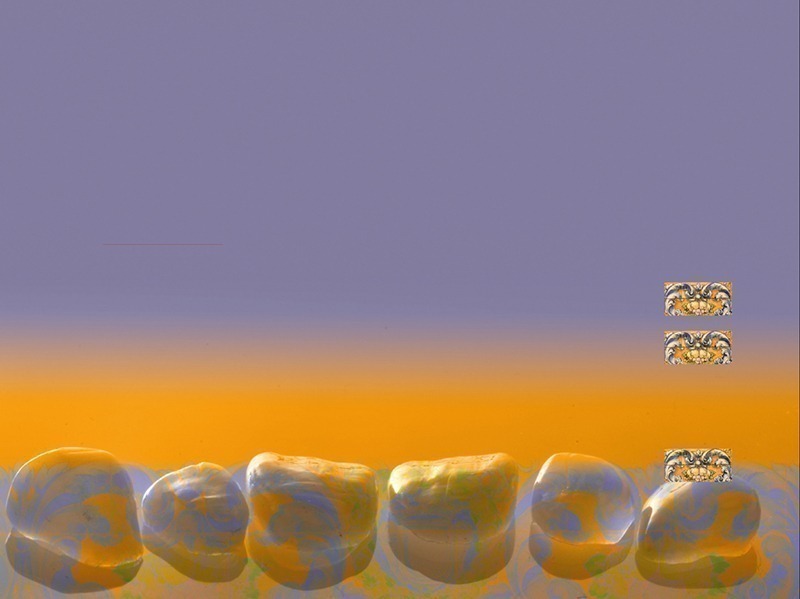
Traditional laboratory procedures can now be simplified and accelerated through digital workflow. The variety of material solutions available with the digital option allows you to choose the appropriate technique for a given treatment plan, which may affect the final quality of the prosthetic work …
Digital veneers
Digital protocols, which have become widely implemented in dentistry in recent years, have brought revolutionary change in work organization due to the new generation of materials and greater possibilities offered by work based on the concept of a “design” in clinical management.
 PORCELAIN VENEERS: A DIGITAL PLATFORM
PORCELAIN VENEERS: A DIGITAL PLATFORM
This chapter presents the practical aspects of work organization between the dental office and the dental laboratory, necessary for digital planning and digital fabrication of porcelain veneers. Three clinical cases are discussed, showing the possibility of using various new materials. The possibility to use a material adequate for the planned treatment is a fundamental advantage now offered by digital laboratories. An additional advantage of digitization is the ability to work remotely. A dentist may work in the UK, and a dental technician, for example, in Italy, or vice versa. The power of today’s technology and the reduced time of transferring digital impressions and other data means faster and more efficient work!1–4
BENEFITS FOR THE DENTIST
 Control and predictability of the results
Control and predictability of the results
 Possibility to use all-new generation materials
Possibility to use all-new generation materials
 More options offered to the patients
More options offered to the patients
 Improved quality with a reduced number of visits, which will be of shorter duration
Improved quality with a reduced number of visits, which will be of shorter duration
 Ability to better understand patients’ needs (communication via visualization)
Ability to better understand patients’ needs (communication via visualization)
 Improvement of communication with the dental laboratory and elimination of misunderstandings
Improvement of communication with the dental laboratory and elimination of misunderstandings
BENEFITS FOR THE PATIENT
 Possibility to visualize the final result before starting treatment
Possibility to visualize the final result before starting treatment
 Higher level of trust in the dentist and the whole dental team
Higher level of trust in the dentist and the whole dental team
 Possibility to provide the dentist with all information about expectations and doubts
Possibility to provide the dentist with all information about expectations and doubts
 Shorter treatment time
Shorter treatment time
BENEFITS FOR THE DENTAL TECHNICIAN
 Possibility to use all-new generation materials
Possibility to use all-new generation materials
 All the possible prosthetic solutions can be shown to the dentist quickly and easily
All the possible prosthetic solutions can be shown to the dentist quickly and easily
 Preparation of the reconstruction project and presenting it to the dentist and the patient
Preparation of the reconstruction project and presenting it to the dentist and the patient
 Possibility to predict potential problems and eliminate ineffective procedures
Possibility to predict potential problems and eliminate ineffective procedures
 Possibility to proceed simply by following established protocol
Possibility to proceed simply by following established protocol
 Ability to spend more time on precise finishing of the restorations requiring manual work
Ability to spend more time on precise finishing of the restorations requiring manual work
 Obtaining synergy in cooperation with the dentist
Obtaining synergy in cooperation with the dentist
 Shorter treatment time
Shorter treatment time
 PROCEDURE PROTOCOL
PROCEDURE PROTOCOL
A 2D digital project is a preliminary template for an analog project, and can be checked in the patient’s oral cavity through a mock-up – created with a silicone index and a polymerized composite resin.
Using a 3D program, a virtual reconstruction project is performed, along with the prototype model, which can be used to prepare the mock-up and to mill the final restoration immediately using digital methods.
Case 1: Esthetic treatment in the anterior segment (Figs 10-9a to 10-9i)
Fig 10-9a
The patient was initially qualified for esthetic improvement of the maxillary arch.
Fig 10-9b
3D digital design presenting the treatment plan.
Fig 10-9c
Printed wax-up model.
Fig 10-9d
Mock-up performed with a flowable composite.
Fig 10-9e
Minimally invasive preparation controlled with the silicone index.
Fig 10-9f
3D digital image after minimally invasive tooth preparation.
Fig 10-9g
Checking the digital design after applying it on the model with teeth after preparation.
Fig 10-9h
Six lithium disilicate veneers without the need for cutting back, thanks to the new liquid ceramic technology.
Fig 10-9i
Final result after veneers cementation.
Case 2: Comprehensive treatment with esthetic and functional reconstruction (Figs 10-10a to 10-10s)
Fig 10-10a
Preliminary situation: initial plan combined esthetic and functional treatment.
Fig 10-10b
Digital smile design in the anterior segment.
Figs 10-10c and 10-10d
3D digital design of the new esthetics.
Figs 10-10e and 10-10f
Initial situation: view of the occlusal surfaces of the maxillary and mandibular arches.
Figs 10-10g and 10-10h
Digital models.
Figs 10-10i and 10-10j
Control of the digital design in the maximum intercuspation.
Figs 10-10k to 10-10m
Full 3D digital design.
Fig 10-10n
Mock-up performed with flowable composite.
Fig 10-10o
Minimally invasive veneer preparation in the anterior segment.
Fig 10-10p
Post-treatment situation: twelve lithium disilicate veneers without cutting back fabricated liquid ceramics.
Figs 10-10q and 10-10r
Restored (q) maxillary and (r) mandibular arches: 16 veneers/onlays milled from lithium disilicate without cutting back the ceramics.
Fig 10-10s
The esthetic and functional result after 7 days.
 REMEMBER
REMEMBER
Regardless of the treatment method (analog or digital), always remember to verify the treatment plan with the mock-up. Thanks to that, you will know more about the patient’s expectations!
Stay updated, free dental videos. Join our Telegram channel

VIDEdental - Online dental courses



